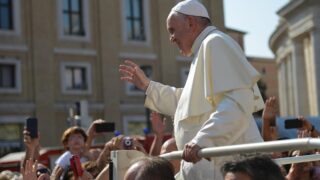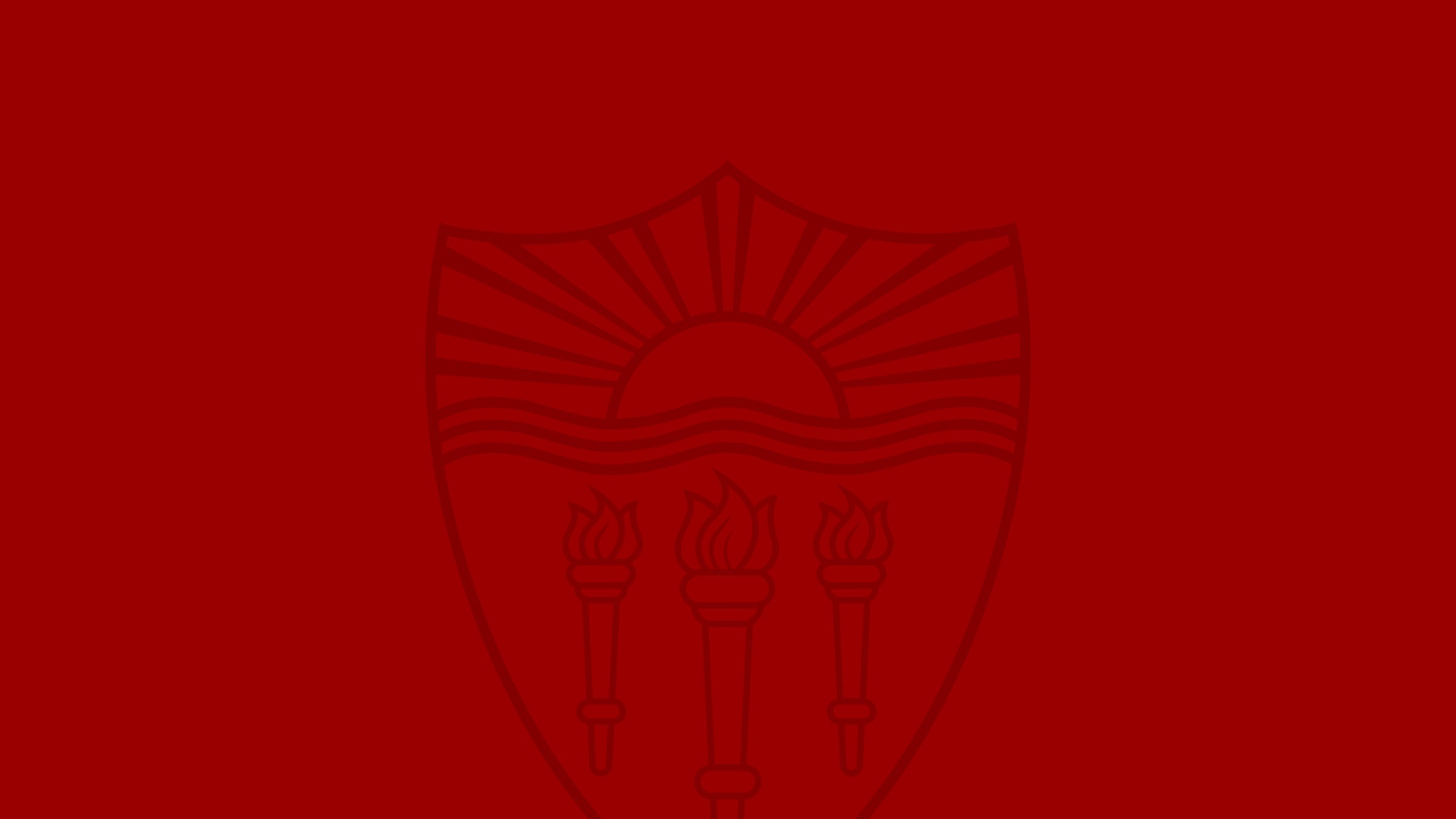Andrew McMahon is W.M. Keck Provost and University Professor of Stem Cell Biology and Regenerative Medicine, and Biological Sciences at the Keck School of Medicine of USC and Dornsife College of Letters, Arts and Sciences. He is also chair of the Department of Stem Cell Biology and Regenerative Medicine, and director of the Eli and Edythe Broad Center for Regenerative Medicine and Stem Cell Research at USC, which has received funding from CIRM. McMahon’s lab uses stem cells to make kidney components essential to understanding kidney disease, which affects 1 in 7 Americans.
“California has emerged as a leader in regenerative medicine because of state funding for this science,” McMahon said. “We see treatments advancing, people’s lives being improved and better ways to screen new drugs for a wide variety of diseases. At USC alone, our discoveries have led to clinical trials for stem cell-based approaches to treat macular degeneration, spinal cord injury, and HIV/AIDS.”
Contacts: amcmahon@med.usc.edu or Cristy Lytal at lytal@usc.edu
@USCStemCell
“Cures for diseases take a long time, and California’s stem cell program has done a good job moving discoveries to clinical trials, including new treatments. We are seeing this progress accelerate at double and triple the normal rate,” Grikscheit said. “California funding for stem cell research under Proposition 71, the 2004 forerunner to Proposition 14, has already resulted in thousands of medical discoveries and more than 90 clinical trials for vision loss, cancer, paralysis, diabetes and compromised immune systems. ”
Contact: TGrikscheit@chla.usc.edu
@ChildrensLA
Dan Wei is a professor at the USC Sol Price School of Public Policy. She and professor Adam Rose of the Price School and USC Schaeffer Center for Health Policy and Economics produced a CIRM-funded October 2019 report that showed the state stem cell program has yielded positive impacts on the California economy.
“The state’s investment has lived up to its promises in terms of tax revenue generated,” Wei said. “The funding has helped to boost early-stage stem cell research, so that’s a good start for an industry that shows lots of potential economically.”
She added:
- Proposition 71 expenditures resulted in $10.7 billion of gross sales revenues, $641.3 million of state and local tax revenue and $726.6 million of federal tax revenue.
- Nearly 3,000 new jobs in health care and sciences annually — mostly higher paying employment – from state funding, for a cumulative total of 56,549 jobs in California.
- Proposition 71 generated an additional $4.7 billion in economic activity, and created 25,000 jobs elsewhere in the United States.
Contacts: Dan Wei (danwei@usc.edu) or Adam Rose (adamzros@price.usc.edu)
“Proposition 14 is an issue that’s flying under the radar, yet $5.5 billion is a big chunk of money. Unlike the last stem cell bond measure, people are in bad economic shape due to COVID-19, and state government is spending a fortune to get through it with limited resources. Voters may ask what’s the priority now and should we take on more debt in the middle of the pandemic crisis?”
He added:
- Big ticket expenditures usually get vetted by the Legislature, rather than direct initiative like Proposition 14.
- Science by ballot box isn’t unique to California, though it is unusual to see such a large sum marked for one type of research.
- The ethics of stem cell research is less controversial today than when Proposition 71 was on the ballot, which may temper voter interest.
Contact: matsusak@usc.edu
@iriusc







